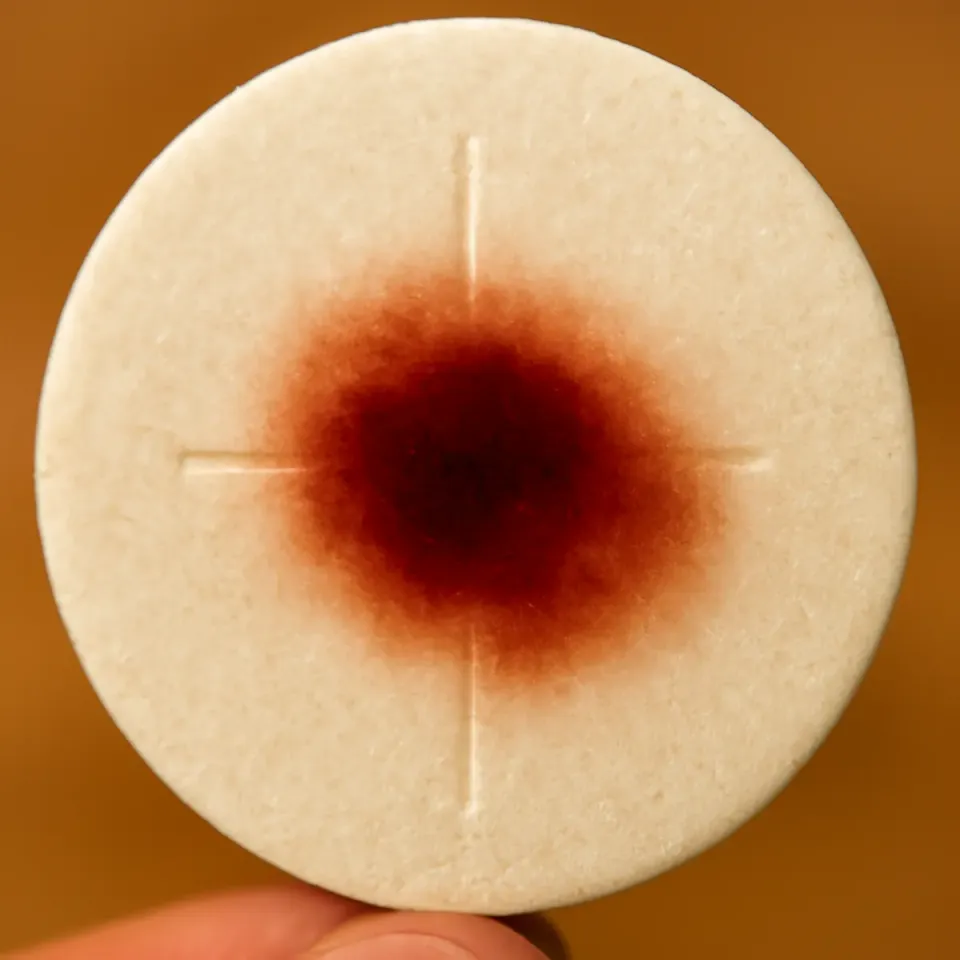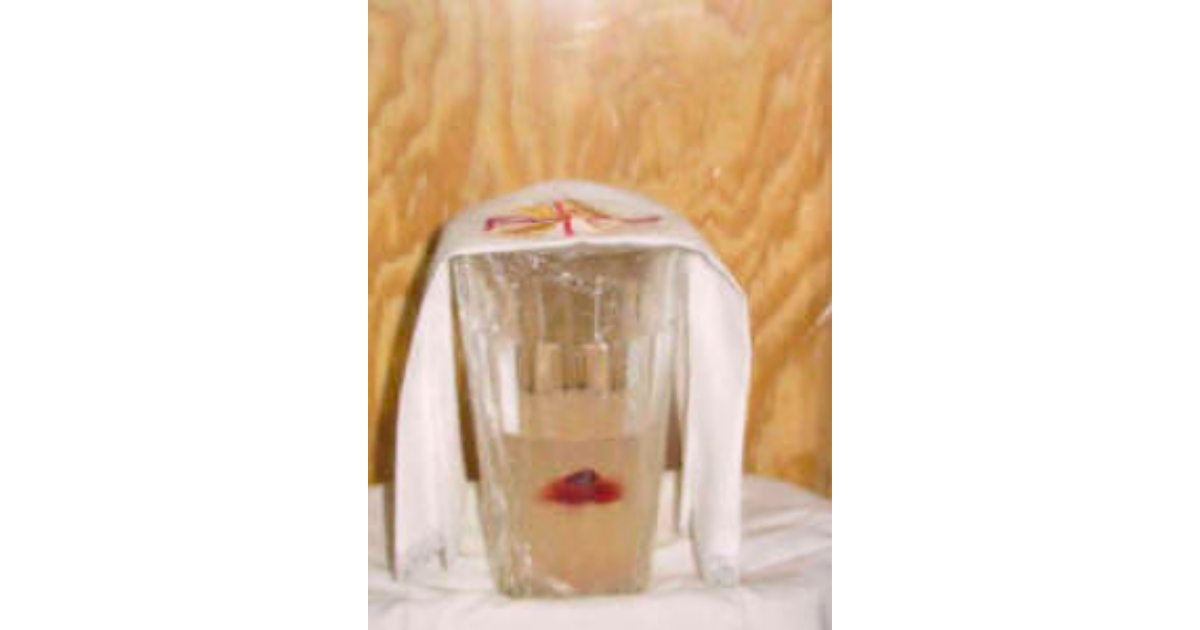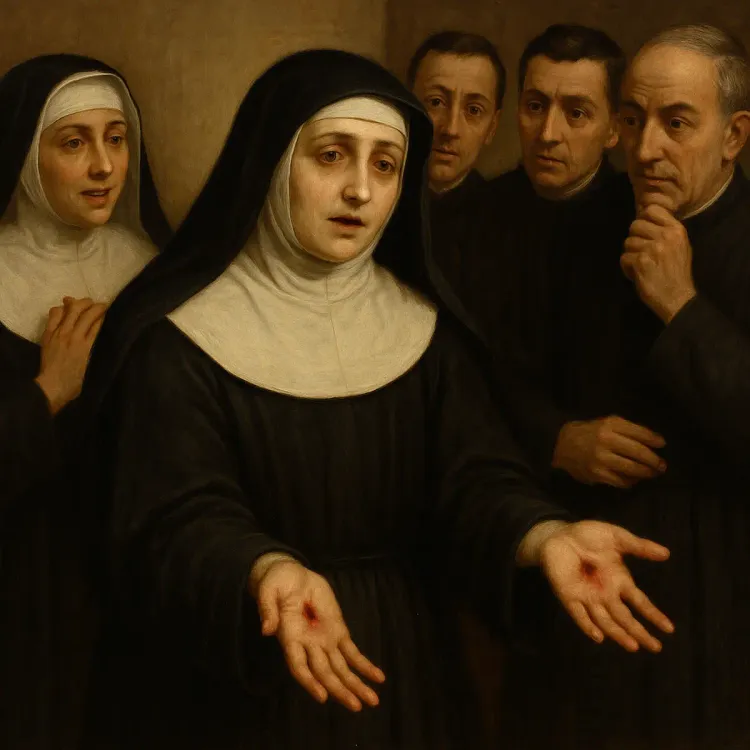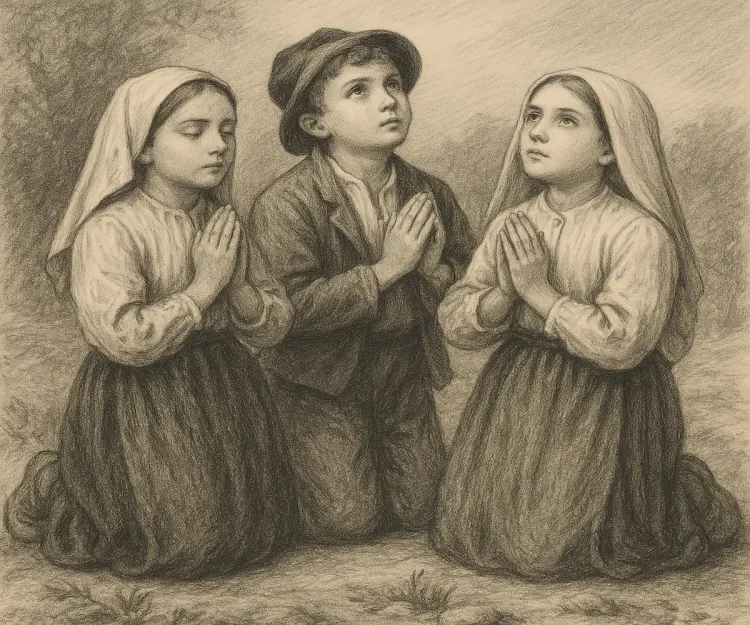The Bloody Host: How a Fungal Infestation Became a Eucharistic Miracle

In 2001, a communion wafer in Texas was hailed as a miracle when it began to bleed. But science told a different story: the red substance was Serratia marcescens, a pigment-producing bacterium. Parishioners weren’t witnessing a miracle—they were venerating an infectious fungus.
Introduction: The Miracle in the Monstrance
In 2001, a small Catholic church in Dallas, Texas, became the epicenter of a supposed miracle. A consecrated communion wafer—believed by the faithful to be the literal body of Christ—allegedly began to bleed. The red substance, oozing from the sacred host, was interpreted by some as a divine sign, a Eucharistic manifestation of Christ’s ongoing sacrifice. Worshippers gathered. Photographs were taken. Reverent whispers spread quickly: the host was alive.
But the truth, as it so often is in these cases, was far less transcendent.
The Host That Bled
The communion wafer had been stored in a container known as a monstrance, typically used for adoration of the Eucharist. When the red discoloration appeared, it was immediately assumed by churchgoers to be miraculous. Parishioners began kissing the container, praying before it, and in some cases, requesting to consume the visibly altered host.
Church officials, wary but open to verification, sent the host for scientific testing. That’s when the mystery unraveled.
The Fungus Among Us
Laboratory analysis revealed that the red coloration was not blood, divine or otherwise. It was a bacterium known as Serratia marcescens, an opportunistic microbe notorious for colonizing moist surfaces and producing a vivid red pigment. This same bacterium is commonly found in bathrooms, medical settings, and improperly sanitized containers—not the heavenly realms.
Serratia marcescens thrives in warm, damp conditions—precisely the kind of microclimate found in a sealed vessel where a damp wafer might be stored for days or weeks. The reaction was biological, not theological.

Disgusting Detail: The Sanctified Spore Buffet
Despite the church's intentions, what parishioners were adoring, kissing, and possibly consuming was a bacteria-infected piece of bread. Not metaphorically infected with sin or sacrificial meaning—literally infected with a red-pigmented microbe that has been known to cause infections in immunocompromised patients.
In other words, this wasn’t just a failed miracle. It was a public health risk mistaken for divine presence.
Conclusion: When Miracles Need a Microscope
The bleeding host story is emblematic of how easily faith can override common sense, especially when biological phenomena mimic religious symbolism. A bright red stain on a communion wafer taps into centuries of theological imagery and expectation. But no matter how vivid the resemblance, a bacterium is not a blessing.
This incident should serve as a cautionary tale: even sacred spaces require sanitation. And not everything red and wet is holy.
Works Cited
Nickell, Joe. Relics of the Christ. University Press of Kentucky, 2007.





Comments ()